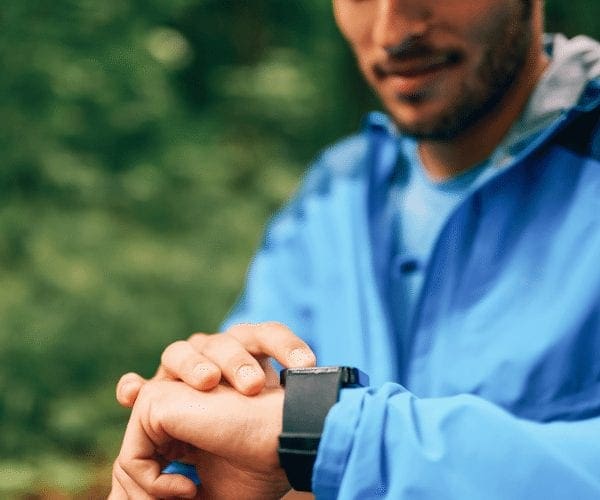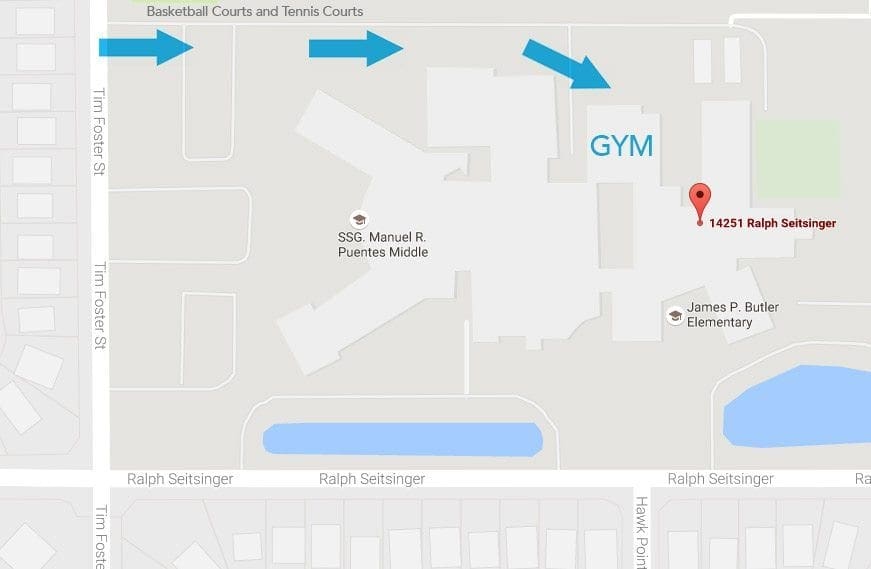It was a cold Friday Night in Midland, but the action was red-hot as the Canutillo Eagles hosted the Cooper Cougars as Grande Communication Stadium. Check out Andre Acosta’s view of the game in this ‘Story in Many Pics.’
Cooper Cougars vs Canutillo Eagles, Conf 5A, Div 2 Region 1 Area Championship, Midland Texas
Cooper Cougars vs Canutillo Eagles, Conf 5A, Div 2 Region 1 Area Championship, Midland Texas
Cooper Cougars vs Canutillo Eagles, Conf 5A, Div 2 Region 1 Area Championship, Midland Texas
Cooper Cougars vs Canutillo Eagles, Conf 5A, Div 2 Region 1 Area Championship, Midland Texas
Cooper Cougars vs Canutillo Eagles, Conf 5A, Div 2 Region 1 Area Championship, Midland Texas
Cooper Cougars vs Canutillo Eagles, Conf 5A, Div 2 Region 1 Area Championship, Midland Texas
Cooper Cougars vs Canutillo Eagles, Conf 5A, Div 2 Region 1 Area Championship, Midland Texas
Cooper Cougars vs Canutillo Eagles, Conf 5A, Div 2 Region 1 Area Championship, Midland Texas
Cooper Cougars vs Canutillo Eagles, Conf 5A, Div 2 Region 1 Area Championship, Midland Texas
Cooper Cougars vs Canutillo Eagles, Conf 5A, Div 2 Region 1 Area Championship, Midland Texas
Cooper Cougars vs Canutillo Eagles, Conf 5A, Div 2 Region 1 Area Championship, Midland Texas
Cooper Cougars vs Canutillo Eagles, Conf 5A, Div 2 Region 1 Area Championship, Midland Texas
Cooper Cougars vs Canutillo Eagles, Conf 5A, Div 2 Region 1 Area Championship, Midland Texas
Cooper Cougars vs Canutillo Eagles, Conf 5A, Div 2 Region 1 Area Championship, Midland Texas
Cooper Cougars vs Canutillo Eagles, Conf 5A, Div 2 Region 1 Area Championship, Midland Texas
Cooper Cougars vs Canutillo Eagles, Conf 5A, Div 2 Region 1 Area Championship, Midland Texas
Cooper Cougars vs Canutillo Eagles, Conf 5A, Div 2 Region 1 Area Championship, Midland Texas
Cooper Cougars vs Canutillo Eagles, Conf 5A, Div 2 Region 1 Area Championship, Midland Texas
Cooper Cougars vs Canutillo Eagles, Conf 5A, Div 2 Region 1 Area Championship, Midland Texas
Cooper Cougars vs Canutillo Eagles, Conf 5A, Div 2 Region 1 Area Championship, Midland Texas
Cooper Cougars vs Canutillo Eagles, Conf 5A, Div 2 Region 1 Area Championship, Midland Texas
Cooper Cougars vs Canutillo Eagles, Conf 5A, Div 2 Region 1 Area Championship, Midland Texas
Cooper Cougars vs Canutillo Eagles, Conf 5A, Div 2 Region 1 Area Championship, Midland Texas
Cooper Cougars vs Canutillo Eagles, Conf 5A, Div 2 Region 1 Area Championship, Midland Texas
Cooper Cougars vs Canutillo Eagles, Conf 5A, Div 2 Region 1 Area Championship, Midland Texas
Cooper Cougars vs Canutillo Eagles, Conf 5A, Div 2 Region 1 Area Championship, Midland Texas
Cooper Cougars vs Canutillo Eagles, Conf 5A, Div 2 Region 1 Area Championship, Midland Texas
Cooper Cougars vs Canutillo Eagles, Conf 5A, Div 2 Region 1 Area Championship, Midland Texas
Cooper Cougars vs Canutillo Eagles, Conf 5A, Div 2 Region 1 Area Championship, Midland Texas
Cooper Cougars vs Canutillo Eagles, Conf 5A, Div 2 Region 1 Area Championship, Midland Texas
Cooper Cougars vs Canutillo Eagles, Conf 5A, Div 2 Region 1 Area Championship, Midland Texas
Cooper Cougars vs Canutillo Eagles, Conf 5A, Div 2 Region 1 Area Championship, Midland Texas
Cooper Cougars vs Canutillo Eagles, Conf 5A, Div 2 Region 1 Area Championship, Midland Texas
Cooper Cougars vs Canutillo Eagles, Conf 5A, Div 2 Region 1 Area Championship, Midland Texas
Cooper Cougars vs Canutillo Eagles, Conf 5A, Div 2 Region 1 Area Championship, Midland Texas
Cooper Cougars vs Canutillo Eagles, Conf 5A, Div 2 Region 1 Area Championship, Midland Texas
Cooper Cougars vs Canutillo Eagles, Conf 5A, Div 2 Region 1 Area Championship, Midland Texas
Cooper Cougars vs Canutillo Eagles, Conf 5A, Div 2 Region 1 Area Championship, Midland Texas
Cooper Cougars vs Canutillo Eagles, Conf 5A, Div 2 Region 1 Area Championship, Midland Texas
Cooper Cougars vs Canutillo Eagles, Conf 5A, Div 2 Region 1 Area Championship, Midland Texas
Cooper Cougars vs Canutillo Eagles, Conf 5A, Div 2 Region 1 Area Championship, Midland Texas
Cooper Cougars vs Canutillo Eagles, Conf 5A, Div 2 Region 1 Area Championship, Midland Texas
Cooper Cougars vs Canutillo Eagles, Conf 5A, Div 2 Region 1 Area Championship, Midland Texas
Cooper Cougars vs Canutillo Eagles, Conf 5A, Div 2 Region 1 Area Championship, Midland Texas
Cooper Cougars vs Canutillo Eagles, Conf 5A, Div 2 Region 1 Area Championship, Midland Texas
Cooper Cougars vs Canutillo Eagles, Conf 5A, Div 2 Region 1 Area Championship, Midland Texas
Cooper Cougars vs Canutillo Eagles, Conf 5A, Div 2 Region 1 Area Championship, Midland Texas
Cooper Cougars vs Canutillo Eagles, Conf 5A, Div 2 Region 1 Area Championship, Midland Texas
Cooper Cougars vs Canutillo Eagles, Conf 5A, Div 2 Region 1 Area Championship, Midland Texas
Cooper Cougars vs Canutillo Eagles, Conf 5A, Div 2 Region 1 Area Championship, Midland Texas
Cooper Cougars vs Canutillo Eagles, Conf 5A, Div 2 Region 1 Area Championship, Midland Texas
Cooper Cougars vs Canutillo Eagles, Conf 5A, Div 2 Region 1 Area Championship, Midland Texas
Cooper Cougars vs Canutillo Eagles, Conf 5A, Div 2 Region 1 Area Championship, Midland Texas
Cooper Cougars vs Canutillo Eagles, Conf 5A, Div 2 Region 1 Area Championship, Midland Texas
Cooper Cougars vs Canutillo Eagles, Conf 5A, Div 2 Region 1 Area Championship, Midland Texas
Cooper Cougars vs Canutillo Eagles, Conf 5A, Div 2 Region 1 Area Championship, Midland Texas
Cooper Cougars vs Canutillo Eagles, Conf 5A, Div 2 Region 1 Area Championship, Midland Texas
Cooper Cougars vs Canutillo Eagles, Conf 5A, Div 2 Region 1 Area Championship, Midland Texas
Cooper Cougars vs Canutillo Eagles, Conf 5A, Div 2 Region 1 Area Championship, Midland Texas
Cooper Cougars vs Canutillo Eagles, Conf 5A, Div 2 Region 1 Area Championship, Midland Texas
Cooper Cougars vs Canutillo Eagles, Conf 5A, Div 2 Region 1 Area Championship, Midland Texas
Cooper Cougars vs Canutillo Eagles, Conf 5A, Div 2 Region 1 Area Championship, Midland Texas
Cooper Cougars vs Canutillo Eagles, Conf 5A, Div 2 Region 1 Area Championship, Midland Texas
Cooper Cougars vs Canutillo Eagles, Conf 5A, Div 2 Region 1 Area Championship, Midland Texas
Cooper Cougars vs Canutillo Eagles, Conf 5A, Div 2 Region 1 Area Championship, Midland Texas
Cooper Cougars vs Canutillo Eagles, Conf 5A, Div 2 Region 1 Area Championship, Midland Texas
Cooper Cougars vs Canutillo Eagles, Conf 5A, Div 2 Region 1 Area Championship, Midland Texas
Cooper Cougars vs Canutillo Eagles, Conf 5A, Div 2 Region 1 Area Championship, Midland Texas
Cooper Cougars vs Canutillo Eagles, Conf 5A, Div 2 Region 1 Area Championship, Midland Texas
Cooper Cougars vs Canutillo Eagles, Conf 5A, Div 2 Region 1 Area Championship, Midland Texas
Cooper Cougars vs Canutillo Eagles, Conf 5A, Div 2 Region 1 Area Championship, Midland Texas
Cooper Cougars vs Canutillo Eagles, Conf 5A, Div 2 Region 1 Area Championship, Midland Texas
Cooper Cougars vs Canutillo Eagles, Conf 5A, Div 2 Region 1 Area Championship, Midland Texas
Cooper Cougars vs Canutillo Eagles, Conf 5A, Div 2 Region 1 Area Championship, Midland Texas
Cooper Cougars vs Canutillo Eagles, Conf 5A, Div 2 Region 1 Area Championship, Midland Texas
Cooper Cougars vs Canutillo Eagles, Conf 5A, Div 2 Region 1 Area Championship, Midland Texas























































































































































